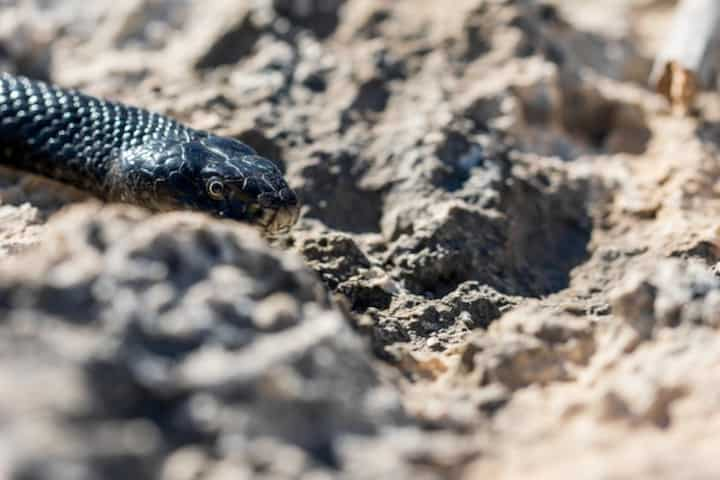
Mastering Wildlife Removal Expert Tips from an Animal Removal Specialist
Wildlife can bring a sense of wonder and beauty to our lives, but when they invade our homes or properties, they can quickly become a nuisance. Whether it's raccoons rummaging through garbage, bats nesting in attics, or snakes slithering into basements, effective wildlife removal requires skill, knowledge, and a strategic approach. This article provides expert tips from an animal removal specialist to help you master the art of wildlife removal, ensuring the safety of both people and animals.
Understanding Wildlife Behavior
Before attempting to remove any wildlife, it is crucial to understand their behavior and habits. This knowledge can help in devising a successful removal strategy. Animals typically enter human spaces in search of food, shelter, or both. They tend to follow patterns, often returning to the same location if not effectively deterred.
Identify the Problem
Begin by identifying the type of wildlife causing the issue. Observing the animal's size, tracks, and droppings can provide clues. Once identified, research its behavior, diet, and nesting habits. Read more about this topic.
Assess the Situation
Conduct a thorough assessment of the affected area. Look for entry points, such as holes in walls, gaps in roofing, or unsecured basement windows. Understanding how the animal entered the property is key to preventing future invasions.
Effective Removal Techniques
Once the wildlife has been identified and the situation assessed, it's time to choose the appropriate removal technique. The method should be humane, ensuring minimal stress and harm to the animal.
Trapping and Relocation
- Use traps that are specifically designed for the animal in question.
- Place traps in areas with frequent animal activity.
- Check traps regularly to ensure the well-being of the captured animal.
- Relocate the animal to a suitable habitat, away from human habitation.
Explore further insights here.
Exclusion Methods
- Seal entry points with durable materials such as metal mesh or concrete.
- Install one-way doors that allow animals to exit but not re-enter.
- Use repellents to deter animals from returning to the area.
Find additional information here.
Safety Considerations
Safety is a paramount concern when dealing with wildlife. Both the safety of the animal and the person attempting removal must be considered.
Personal Safety
- Wear protective clothing, including gloves and masks, to prevent bites and exposure to zoonotic diseases.
- Avoid direct contact with the animal when possible.
- If bitten or scratched, seek medical attention immediately.
Animal Welfare
- Avoid using harmful chemicals or lethal traps.
- Ensure traps are checked frequently to prevent distress or injury to the animal.
- Handle animals with care during relocation to minimize stress.
Learn more in this detailed guide.
Preventive Measures
Prevention is the best strategy when it comes to wildlife removal. Implementing measures to prevent wildlife from entering in the first place can save time and resources.
Property Maintenance
- Regularly inspect the property for potential entry points.
- Keep trash secured in animal-proof containers.
- Trim trees and shrubs away from the house to eliminate access points.
Education and Awareness
- Educate family members about the importance of keeping doors and windows closed and secured.
- Stay informed about the local wildlife and their seasonal behaviors.
Find additional information here.
Mastering wildlife removal requires a combination of understanding, strategy, and ongoing vigilance. By following these expert tips, you can effectively manage wildlife issues, ensuring a safe and harmonious coexistence with nature. Remember, always prioritize humane methods and safety in all wildlife management efforts.